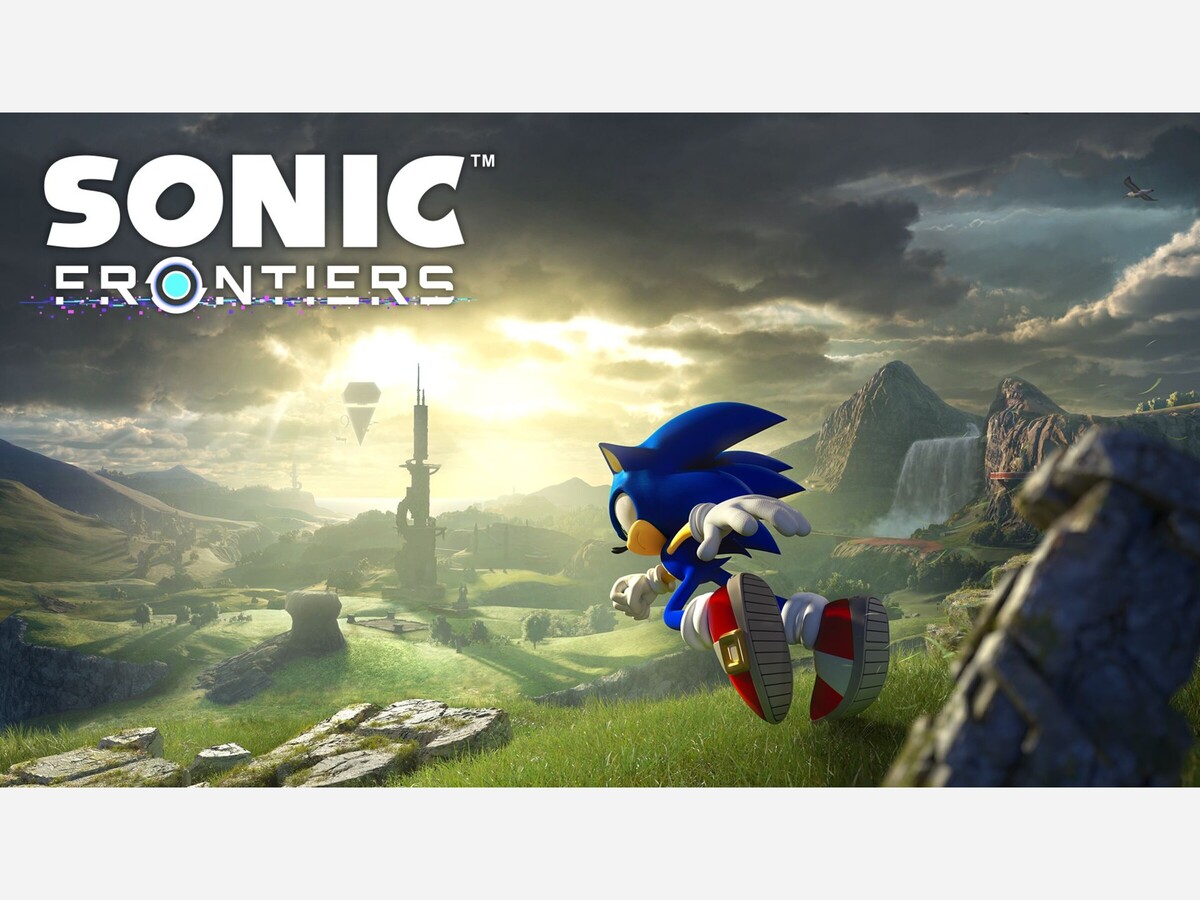Image

As a franchise mascot, Sonic the Hedgehog has had a tumultuous history. Looking back on the history of the series, there is a substantial difference in the number of duds compared to the number of well-made games. In the 1990s, Sonic was the “edgier” answer to other franchise mascots like Mario, taking a more punk approach to what a platform-defining character could be. The early-2000s (with the advent of voice acting and expansions in media outside of video games) started to sharpen his edge in the narrative sense, however Sonic never made the transition from 2D to 3D gracefully. The hits were few and far between, with standouts like Sonic Adventure and Sonic Adventure 2 coming in the early-2000s, Sonic Colors coming in 2010, Sonic Generations in 2011, and now, over a decade later, Sonic Frontiers. That is not to say that Sonic Frontiers is necessarily a good game, however it is certainly the best game that Sega has put out for the Blue Blur in, to reiterate, over a decade.
Much like most of the Sonic games that have tried to work a more overt narrative into their products, the plot is nonsensical and not something that is particularly engaging. It’s the same basic “Sonic’s friends have been kidnapped by a bad guy, go save them by collecting the Chaos Emeralds” beats that have been plaguing the series almost since its inception. There are attempts to spice it up like introducing a giant blue goo monster (Adventure), introducing a time monster and time travel (Generations) or introducing aliens in an attempt to capitalize on Super Mario Galaxy (Lost World). Here they try to lean into a more digital landscape (think something that would have been considered hip when Sonic The Hedgehog originally came out in 1991) to move the plot along but, in reality, the player is more than likely there to run fast and kill some robots so it’s all just wrapping paper that is going to be ripped off and ignored to get to the good part.
The transition from 2D side-scrolling platformers to 3D platforming has not been handled as well with Sonic, especially compared to a certain overall-wearing plumber at Nintendo. The key gameplay mechanic about Sonic that sets him apart from the other console mainstays is his speed, and more importantly, his momentum. It is substantially easier to control that and accommodate for that in a 2D environment, however doing it in a 3D environment can get cumbersome. This is partially why the games in recent years have not been well received because Sonic either has to be reigned in so he is not moving as fast, or have the momentum and friction portions of the physics engine of the game not feel organic. Sonic Frontiers fixes some of these problems, however there is still the sensation of running on ice or momentum carries through jumps in a strange way which can get frustrating. Some levels become hard, not because of the designed difficulty of the level, but because Sonic’s control can be so unruly it’s just frustrating to control.
The open world environment is interesting, however not enough work is put into the environment to make it feel like this game should have been released now. Comparing Sonic Frontiers on the Switch to other open world games on the same console like Legend of Zelda: Breath of the Wild (2017), Pokémon Sword/Shield’s wild areas (2019), Minecraft (2018), or this year’s Pokémon Legends Arceus, the render distance is not nearly what industry standard is for a game like this. Airborne rails, springs, rings, and other interactable items have “pop-in” meaning at times they don’t appear for the player until they are functionally standing next to it. The camera is also not responsive enough for a good amount of the missions without the player having to basically set up where the camera is going to look before starting a mission.
The puzzles do not have any difficulty at all, even on the higher difficulty settings, and the bosses also are not varied enough to be consistently interesting for fighting. Most of the fights come down to homing attack or Cyloop (think the capture mechanic from Pokémon Ranger but less responsive), and just become tiring or annoying after a certain point. The bigger fights are closer to Shadow of the Colossus, but that feels insulting to the team at Sony and Team Ico because really the only similarity is you have to climb a big enemy and attack a weak point. The titans and other enemies are not as well designed, and the gameplay is too repetitive to be fun. On top of this, the skill tree and level up systems are too inconvenient to be fun.
This game could eventually be fun, however the base game does not seem like it is worth the full retail price of $59.99. The game is not particularly deep and can be beaten in around 20 hours. If one is looking for a game to pair with a Nintendo Switch this Christmas, Sonic Frontiers is probably not the way to go unless the person getting it is already a Sonic fan because it is unlikely to change any minds about the franchise.
Final Rating: 6/10